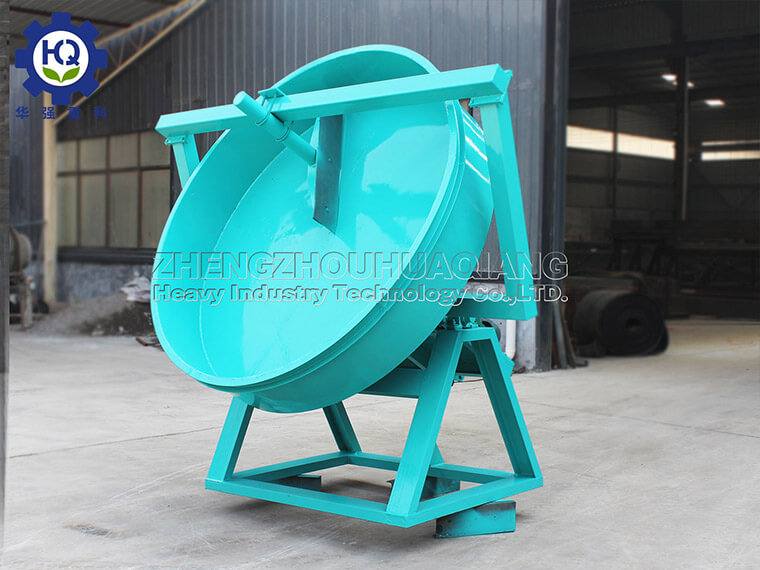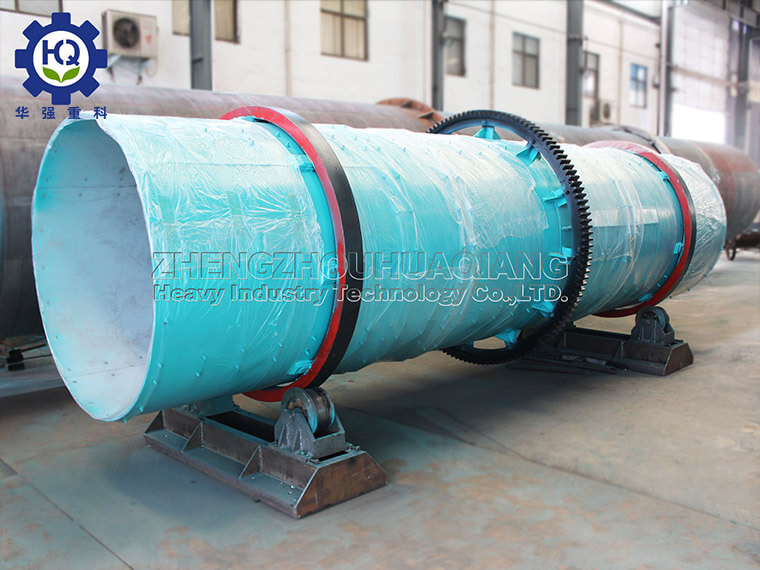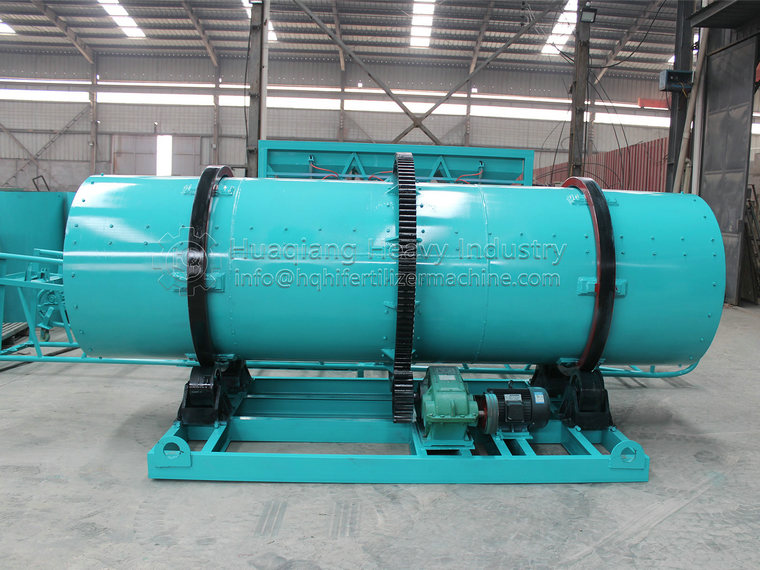The application prospects and industry of disc granulation mechanism granules
The application prospects of disc granulation mechanism particles
Improving resource utilization: The disc granulator can reprocess ore tailings into granular form, making them better used in fields such as building materials, fillers, and roadbeds, thereby improving resource utilization.
Reducing environmental pollution: By making ore tailings into granules, the occupation and pollution of waste residue on the environment can be reduced. Meanwhile, the disc granulator produces less dust during the granulation process, which is beneficial for improving the working environment and reducing air pollution.
The promotion of sustainable development: The disc granulation mechanism has a positive significance for achieving sustainable development of mining, which can reduce the negative impact of mining waste on the environment and promote the recycling of resources.
Application scenarios of disc granulation mechanism granules
Metallurgical industry: In the metallurgical industry, the disc granulator can convert metallurgical waste into granular materials with certain strength, which are used for the production of building materials, roadbed fillers, and smelting auxiliary materials.
Pharmaceutical industry: The production process of the pharmaceutical industry generates a large amount of waste residue and wastewater. Through the disc granulation mechanism, these waste materials can be made into particles with certain shapes and sizes, which are convenient for transportation and storage, while reducing environmental pollution.
Chemical industry: In the chemical industry, disc granulator can convert chemical waste and waste liquid into granular materials with certain uses, such as catalysts, adsorbents, fillers, etc.


.jpg)



.jpg)
